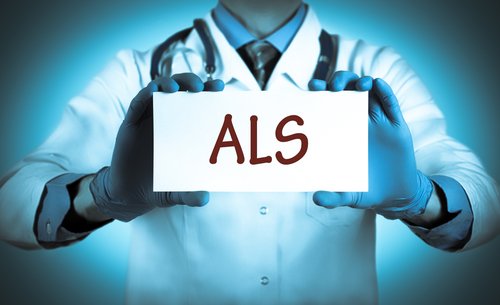ALS and Myasthenia Gravis Have Features in Common, Chinese Researchers Report
Written by |

ALS and myasthenia gravis have features in common, including an underlying immunological mechanism and alterations in communication junctions between muscle and nerve cells, Chinese researchers report.
The Peking Union Medical College team published its study in Frontiers in Neurology. Its title was “Amyotrophic Lateral Sclerosis and Myasthenia Gravis Overlap Syndrome: A Review of Two Cases and the Associated Literature.”
Amyotrophic lateral sclerosis and myasthenia gravis are distinct disorders. ALS affects nerve cells that control muscle movement, while MG controls communication between neurons and muscles, which occurs at what are known as neuromuscular junctions.
Despite many ALS discoveries in the past few years, scientists have yet to identify the cause of the disease.
In contrast, they know what causes MG: autoantibodies binding to different elements of neuromuscular junctions. The binding leads to abnormal neuromuscular communication and consequent muscle weakness and fatigue.
The difference in scientists’ understanding of the two conditions has important implications in patient care and treatment.
Few studies have reported the simultaneous occurrence of ALS and MG. The Chinese team looked for studies of the two occurring at the same time, plus studies of patients who developed one disease, and then the other.
Twenty-nine cases of patients with both diseases or with one disease but symptoms of the other surfaced in a review of studies, the researchers said.
Two cases involved patients having ALS and MG at the same time. Twelve patients with MG developed ALS, and eight patients with ALS developed MG.
Five ALS patients appeared to develop MG — but the MG designations turned out to be false positives. And two ALS patients had myasthenia gravis symptoms but did not develop the disease.
The researchers summed up their findings by first noting that while the diseases affect people differently, they share some symptoms, such as muscle weakness. Another conclusion was that some biomarkers, such as the presence of autoantibodies, can be used to diagnose MG. Still another observation was that some ALS patients can have antibody fluctuations without developing MG.
Taken together, the diseases’ similarities support the hypothesis that they share some underlying mechanisms, the team said.
“The coexistence of ALS and MG is rare and requires thoughtful interpretation of clinical manifestations,” they wrote. “These findings indicate a relationship between the two diseases and support the hypothesis that immunological mechanisms and alterations in the neuromuscular junction are related to ALS pathogenesis.”
Indeed, previous studies have demonstrated that in the early stages of ALS, patients can have both muscle changes and neuromuscular junction alterations. Based on this and other evidence, the researchers speculated that therapies that regulate immune responses in patients with early-stage MG could protect them from, or even suppress, motor neuron damage.
“Immune-modulating therapy at an early stage before onset of ALS symptoms might have protective effects on postponing motor neuron degeneration,” they wrote.
The team called for research to confirm their findings.






Leave a comment
Fill in the required fields to post. Your email address will not be published.